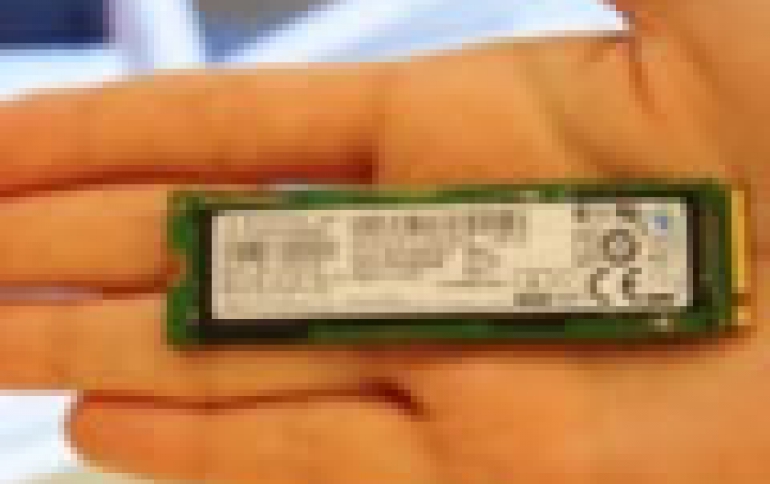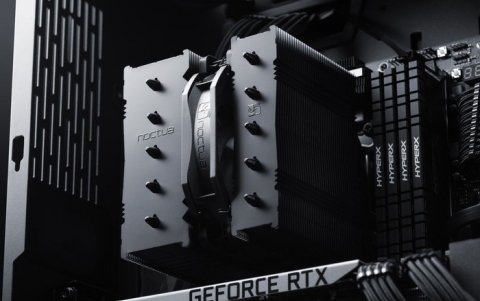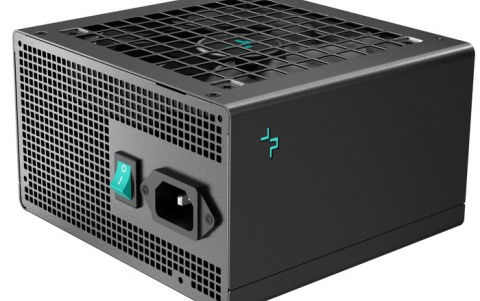
Samsung Now Mass Producing An Ultra-fast PCIe SSD for Notebooks
Samsung has begun mass producing a high-performance, low-powered PCIe solid state drive (SSD), the SM951, for use in ultra-slim notebook PCs and workstations.
The SM951 supports both PCIe 3.0 and PCIe 2.0 interfaces. For use in the latest ultra-slim notebooks, it can read and write sequentially at 1,600MB/s (megabytes per second) and 1,350MB/s respectively based on PCIe 2.0. This performance level is approximately three times faster than that of the latest SSD with a SATA interface and about 30 percent faster than that of the Samsung XP941, its predecessor. In addition, the new SSD?s random read and write speeds reach up to 130,000 and 85,000 IOPS (inputs/outputs per second) respectively.
For ultra-slim notebooks and workstations wanting to adopt the PCIe 3.0 interface, the SM951 can read and write sequentially at 2,150MB/s and 1,550 MB/s respectively, which would provide approximately four times faster sequential reading performance compared to current SATA SSDs. With a PCIe 3.0 interface, the drive achieves substantially higher energy efficiency, requiring only about 450MB/s per watt for sequential reading and 250MB/s per watt for sequential writing, which translates into a more than 50 percent of improvement in performance per watt over that of the XP941 SSD.
In addition, the SM951 is the first SSD to adopt the L1.2 low power standby mode (which allows all high-speed circuits to be turned off when a PC is on sleeping or in hibernation) as defined by PCI-SIG (the PCIe standards body). By embracing the L1.2 level of standby operation, the SM951?s power consumption is reduced to under 2mW - about a 97 percent decrease from the 50mW consumed using a L1 state.
Samsung?s SM951 comes in the M.2 form factor (80mm x 22mm). Also, it weighs approximately six grams. The SM951 lineup consists of 512, 256 and 128GB SSDs.
With its SM951 and other Samsung PCIe SSDs using a 10-nanometer class MLC NAND flash production platform.
Samsung will also work on timely introduction of next-generation PCIe SSDs that support the NVMe interface, which will provide even further performance increases.
For ultra-slim notebooks and workstations wanting to adopt the PCIe 3.0 interface, the SM951 can read and write sequentially at 2,150MB/s and 1,550 MB/s respectively, which would provide approximately four times faster sequential reading performance compared to current SATA SSDs. With a PCIe 3.0 interface, the drive achieves substantially higher energy efficiency, requiring only about 450MB/s per watt for sequential reading and 250MB/s per watt for sequential writing, which translates into a more than 50 percent of improvement in performance per watt over that of the XP941 SSD.
In addition, the SM951 is the first SSD to adopt the L1.2 low power standby mode (which allows all high-speed circuits to be turned off when a PC is on sleeping or in hibernation) as defined by PCI-SIG (the PCIe standards body). By embracing the L1.2 level of standby operation, the SM951?s power consumption is reduced to under 2mW - about a 97 percent decrease from the 50mW consumed using a L1 state.
Samsung?s SM951 comes in the M.2 form factor (80mm x 22mm). Also, it weighs approximately six grams. The SM951 lineup consists of 512, 256 and 128GB SSDs.
With its SM951 and other Samsung PCIe SSDs using a 10-nanometer class MLC NAND flash production platform.
Samsung will also work on timely introduction of next-generation PCIe SSDs that support the NVMe interface, which will provide even further performance increases.





















